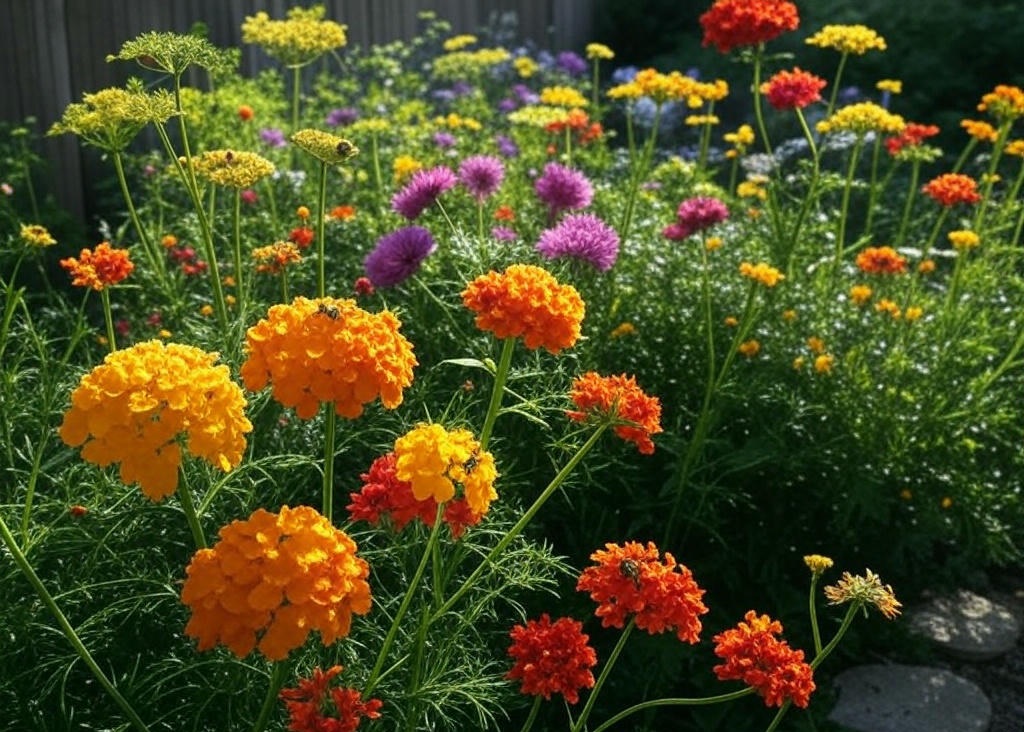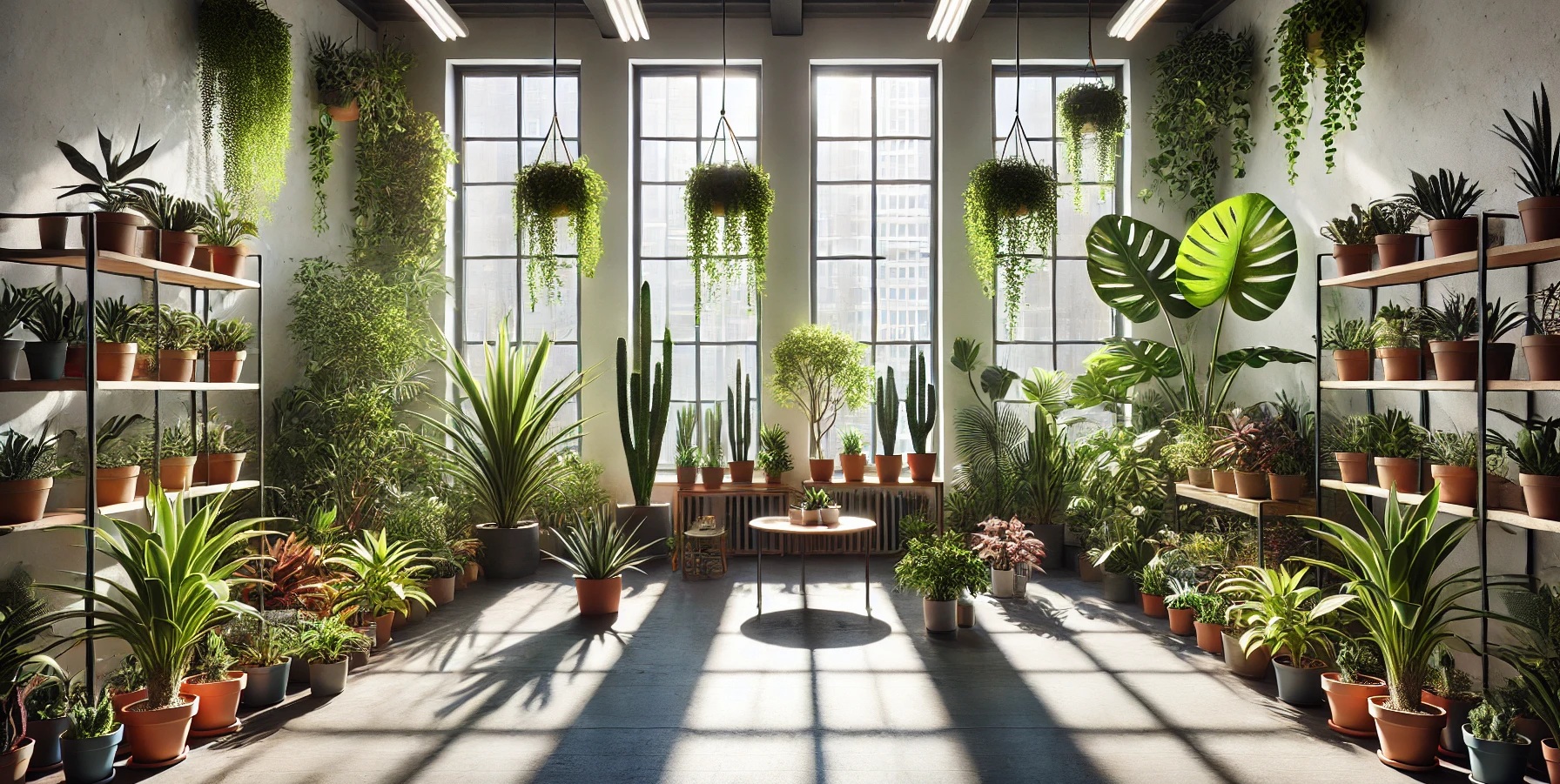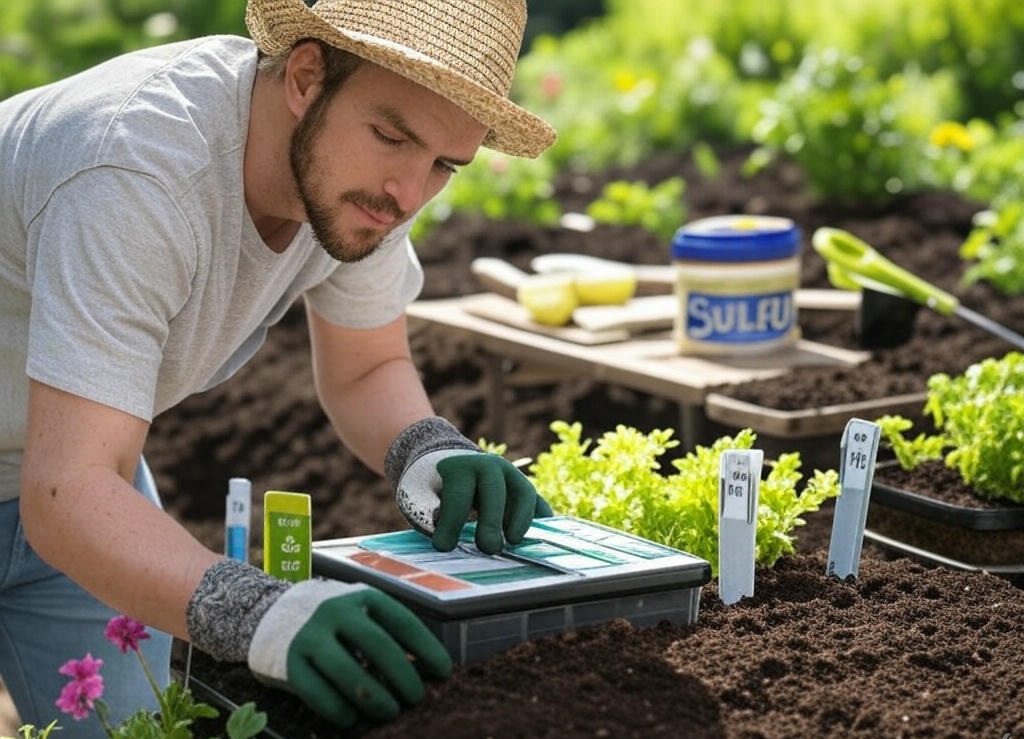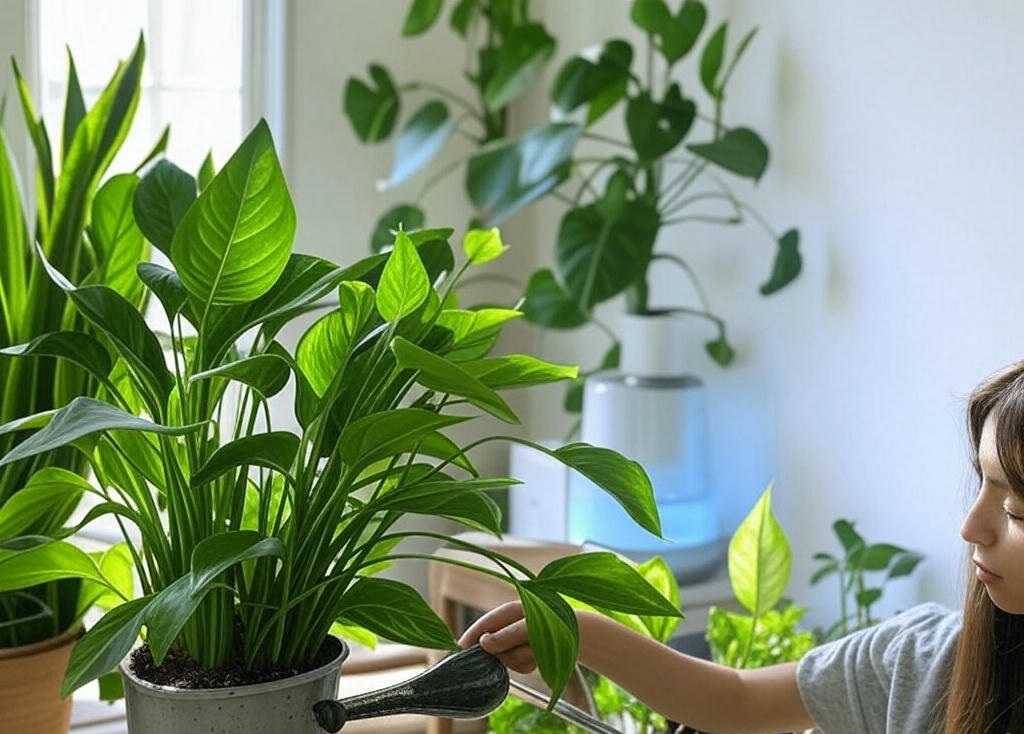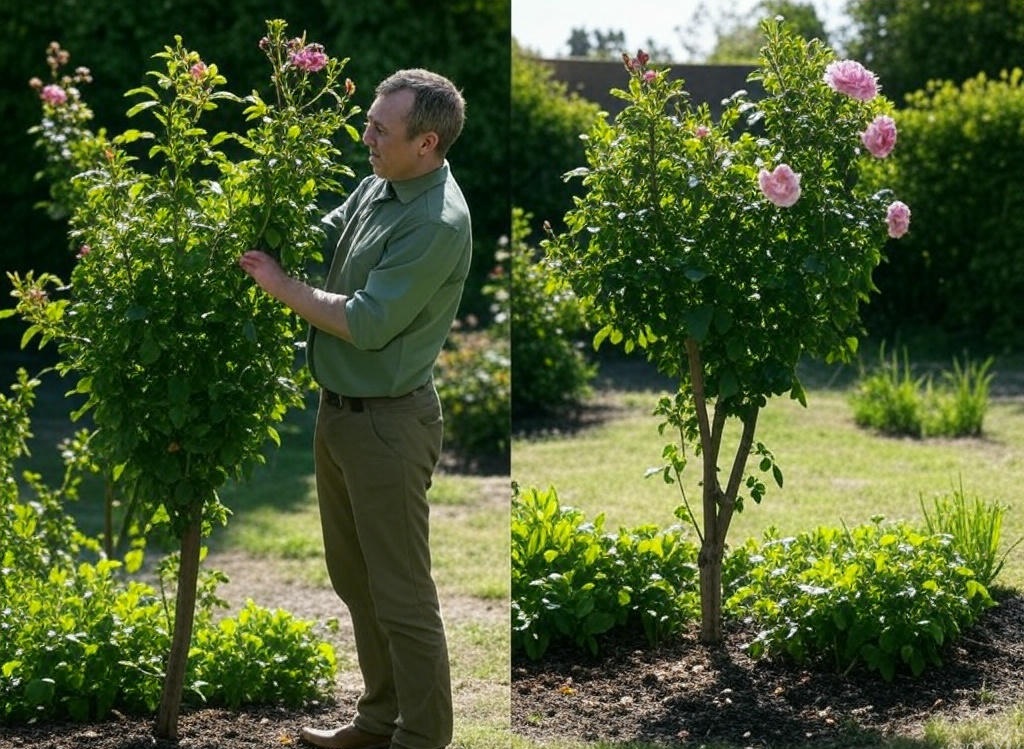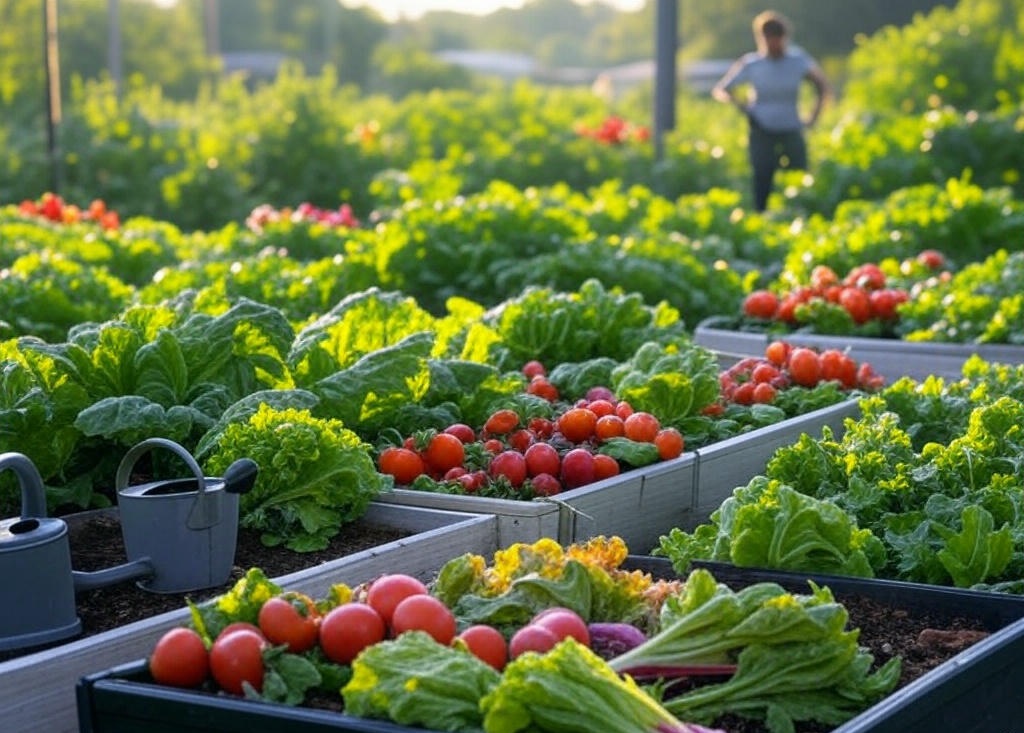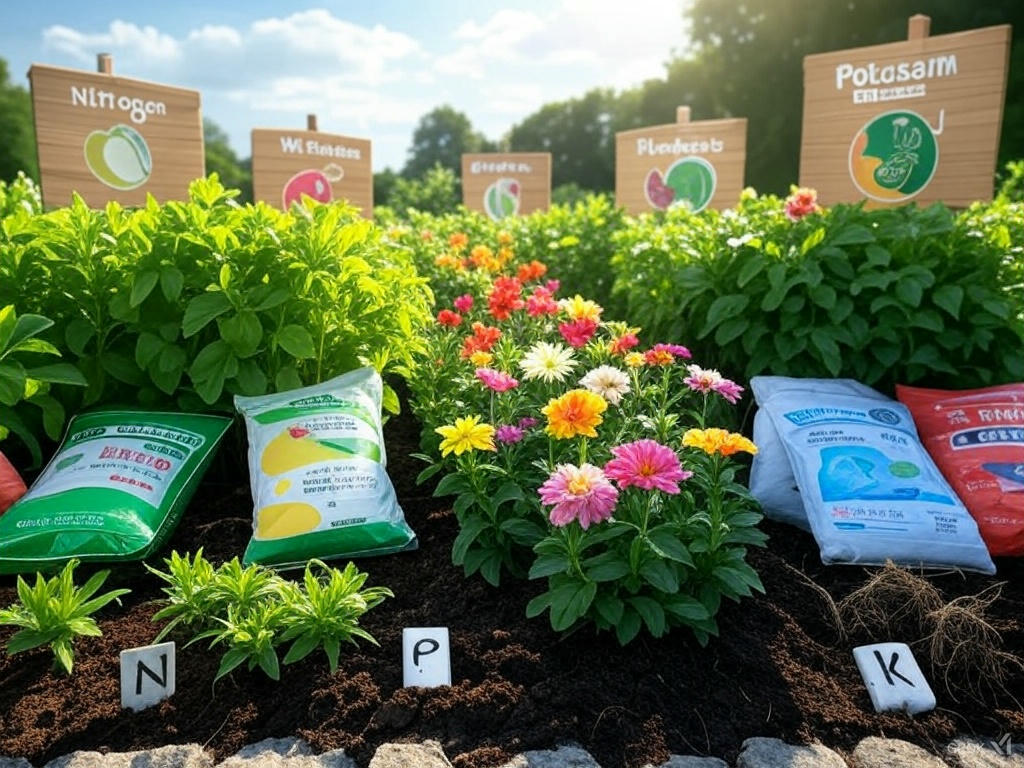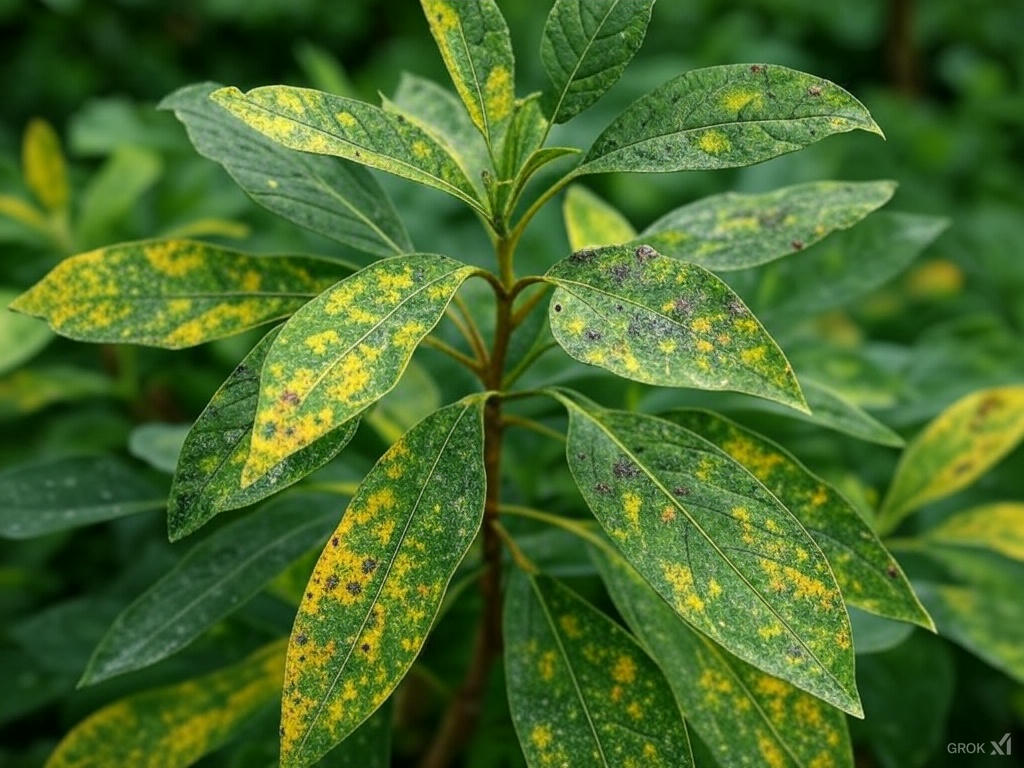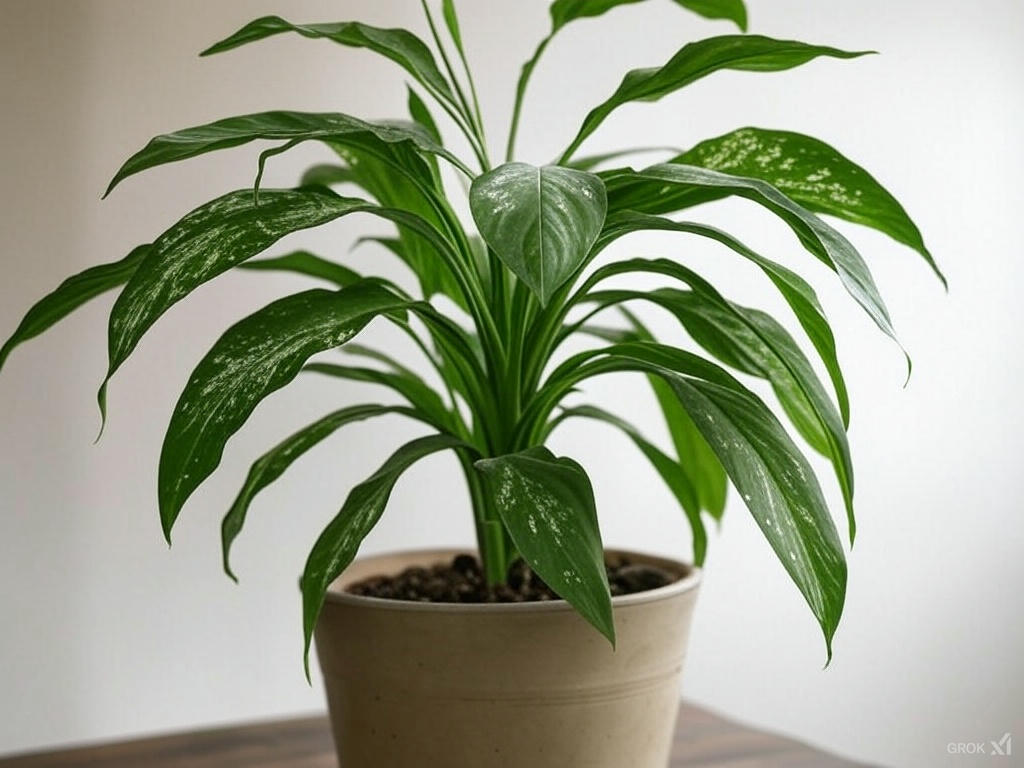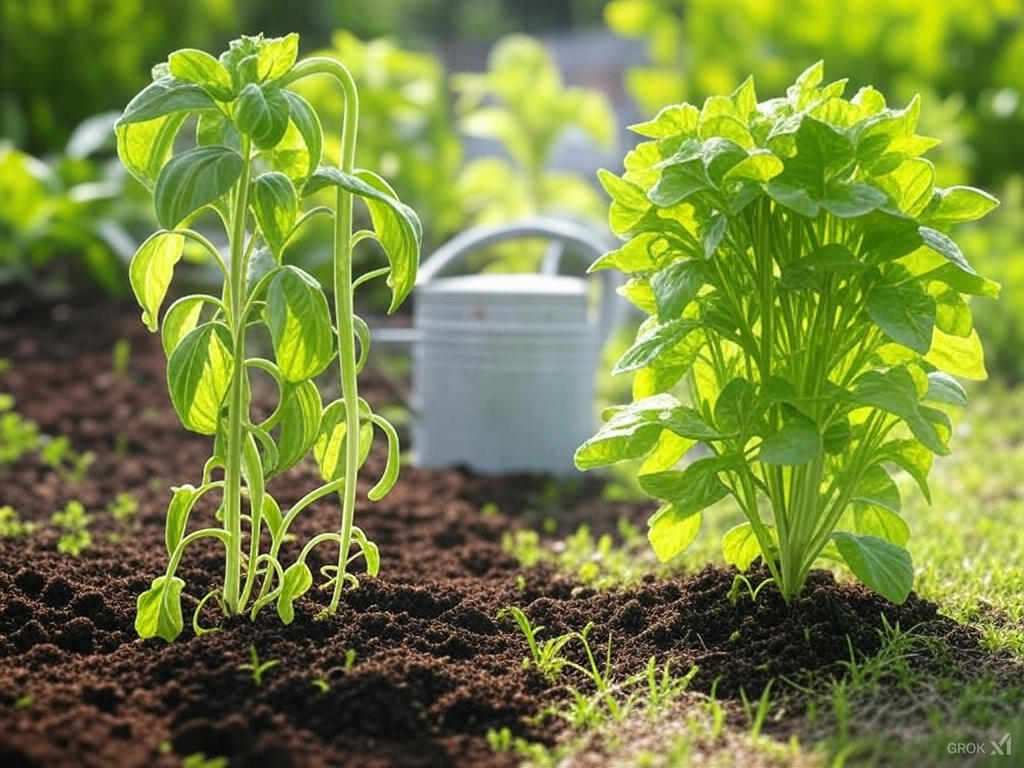Keeping indoor plants healthy and thriving requires attention to key factors like light, temperature, watering, and nutrients. Whether you’re a beginner or an experienced plant owner, understanding these essentials will help you maintain vibrant, long-lasting greenery in your home.
1. Light: Finding the Right Balance
Light is crucial for plant growth, but different plants have different needs:
- Bright, Direct Light – Ideal for succulents, cacti, and fiddle-leaf figs. Place these near sunny windows.
- Bright, Indirect Light – Suited for pothos, monstera, and peace lilies. Position them near windows with filtered sunlight.
- Low Light – Best for snake plants, ZZ plants, and ferns. These can thrive in rooms with minimal natural light.
If your home lacks sunlight, consider using LED grow lights to supplement natural light.
2. Temperature and Humidity: Creating the Ideal Environment
Most houseplants thrive in temperatures between 65–75°F (18–24°C). Avoid placing them near drafty windows, heating vents, or air conditioners, as sudden temperature changes can stress plants.
Humidity is also important, especially for tropical plants. If your home is dry, increase humidity by:
- Grouping plants together
- Using a humidifier
- Misting plants occasionally
3. Watering: How Much is Enough?
Overwatering is a common mistake that leads to root rot. Follow these guidelines:
- Check the soil – Water only when the top inch feels dry.
- Use the right pot – Ensure pots have drainage holes to prevent water buildup.
- Adjust for seasons – Water less in winter when plant growth slows down.
4. Nutrients and Fertilizing: Feeding Your Plants
Houseplants need nutrients to grow strong and healthy. Use a balanced liquid fertilizer every 4–6 weeks during the growing season (spring and summer). Avoid over-fertilizing, as this can damage roots.
5. Pruning and Repotting: Keeping Plants Healthy
- Prune dead or yellow leaves to encourage new growth.
- Repot plants every 1–2 years when roots outgrow their pots, using fresh soil to replenish nutrients.
Final Thoughts
By understanding these key factors, you can create the perfect environment for your indoor plants to thrive all year round. With proper light, temperature, watering, and nutrients, your plants will stay healthy and beautiful, adding life to your home!

